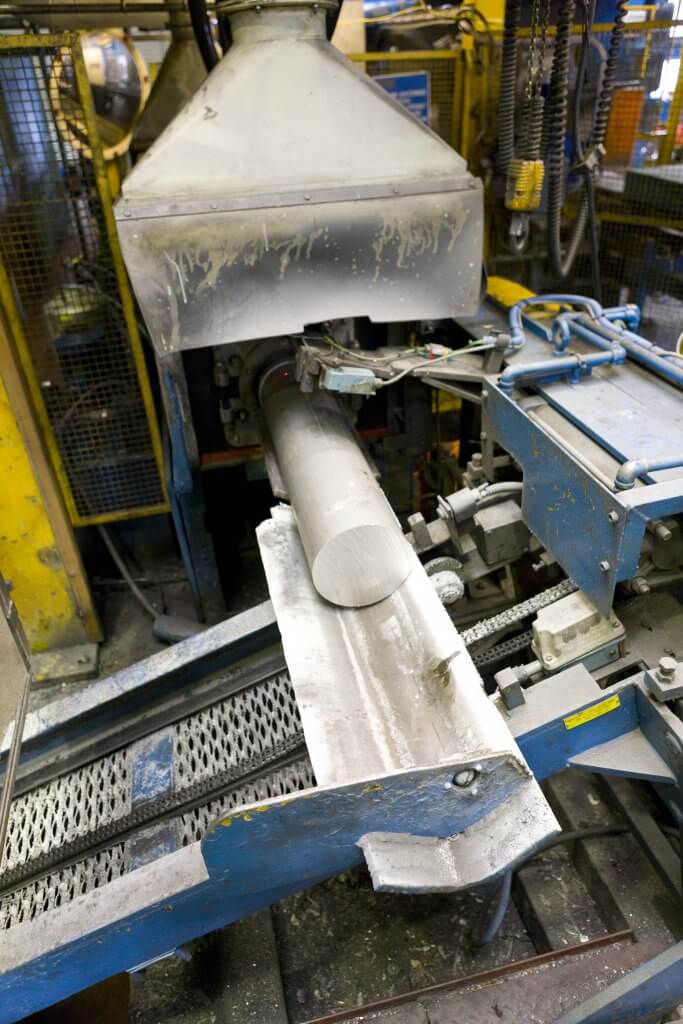
by Phil Slinger – CAB Chief Executive
Prices for aluminium have risen unabated during the pandemic causing price rises through the supply chain, but where will this end and will prices fall back in the future?
At CAB’s recent Regional Members Meeting on the 14th October, the first presentation at the conference was given by Uday Patel, Senior Research Manager for Aluminium at Wood Mackenzie. Uday is known as one of the most knowledgeable and affable persons in his field , which was confirmed, when he discussed the short to medium-term outlook for the aluminium market. “Fascinating”, “informative”, “particularly good”, “very interesting”, were four of the many quotes members said about Uday’s presentation.
Pre-pandemic on the LME (the London Metal Exchange) aluminium had traditionally traded on average at around $1,800 to $2,100 per tonne. At the depth of the pandemic in March 2020 the price dipped to just over $1,400 per tonne and since this dip the cost has steadily risen to peak in October 2021 to just under $3,200 per tonne. These increases have been felt further down the supply chain as prices for products have increased, but in just three weeks, ironically, since the CAB Members meeting, the price has tumbled to $2,500 to $2,700 per tonne with early investors obviously selling stock to realise a profit, question is will prices continue to tumble and will finished product fall back in price? Uday forecasts that aluminium’s LME average annual price to trade above $2500 per tonne for next 2-3 years which is some $600 per tonne higher than pre-pandemic prices.
Certainly with the drop back to $2700 per tonne, the pressure is significantly reduced for processors of finished products to review further price rises, but it is too soon to tell if the fall will remain at this level as the question remains, will this dip be viewed as a further buying opportunity? This rapid drop could be due to investors turning their attention to ‘green’ stocks as COP 26 agreements bite, such as investment in the production of clean, renewable fuels. Still, aluminium demand in the short term is outstripping supply and will do for the foreseeable few years so it is quite likely that prices will not fall back to pre-pandemic prices and will remain above $2,500 per tonne.

China plays a big part in consumption with its huge appetite for aluminium which it also exports as aluminium products. In 2020 China’s aluminium exports amounted to 11% of ROW (rest of the world) semis (part produced, such as extrusion) consumption of aluminium. For flat-rolled products this rises to 23%. It is clear that tariffs and duties set by the USA and Europe are having little impact on total volumes exported. Low production costs in China continue to undercut production in the West, with further planned expansion of aluminium production in the region. This proposed expansion could increase China’s exports, although it is uncertain if several planned coal fired production plants will be built due to global pressure on cutting reliance on burning coal and the increased interest in ‘low-carbon’ aluminium production. Furthermore, the wider adoption of global carbon taxes has the potential to reduce Chinese exports.
The ‘energy transition’, the rapid move from carbon emitting fuels to renewables, will in fact increase the demand for aluminium amongst other metals such as Lithium. To keep to the 2ºC warming proposed limit by 2050, aluminium supply will need to increase above the base growth, which in turn increases the need for further energy to extract and process the material. As Uday pointed out in his presentation, this is a new ‘circularity’ will likely increases carbon emissions in the shorter term by approximately 13%.
One way to offset the increased production of carbon is to increase the use of secondary or recycled aluminium, however, this is in very short supply and certainly not enough scrap is available to meet current needs, whilst keeping the cost of aluminium scrap at a premium. With better design of systems and quality of finishes, aluminium products will continue to increase their ‘in-use’ lifespan, further reducing the availability of scrap supply. This is where CAB’s initiative of closing the loop of the recycling process increases the availability of quality scrap aluminium whilst ensuring a cost effective circular route for aluminium. The scheme also ensures that the UK will retain more of its scrap rather than exporting to countries such as China. CAB calls on all its members to join the scheme and work together towards lowering carbon content of aluminium used in the UK. More information on how to join the scheme is on the CAB website and can be viewed on this link https://c-a-b.org.uk/closed-loop-recycling/.

The Association continually supports the fenestration, facade and building envelope products supply chain, with staff on hand at the CAB offices to answer any technical or market related questions. Information is regularly updated on the CAB website at www.c-a-b.org.uk. For Association Membership enquiries, or should you wish to attend the next members meeting as a guest of CAB, please contact Jessica Dean at the CAB offices by email jessica.dean@c-a-b.org.uk or telephone 01453 828851.











